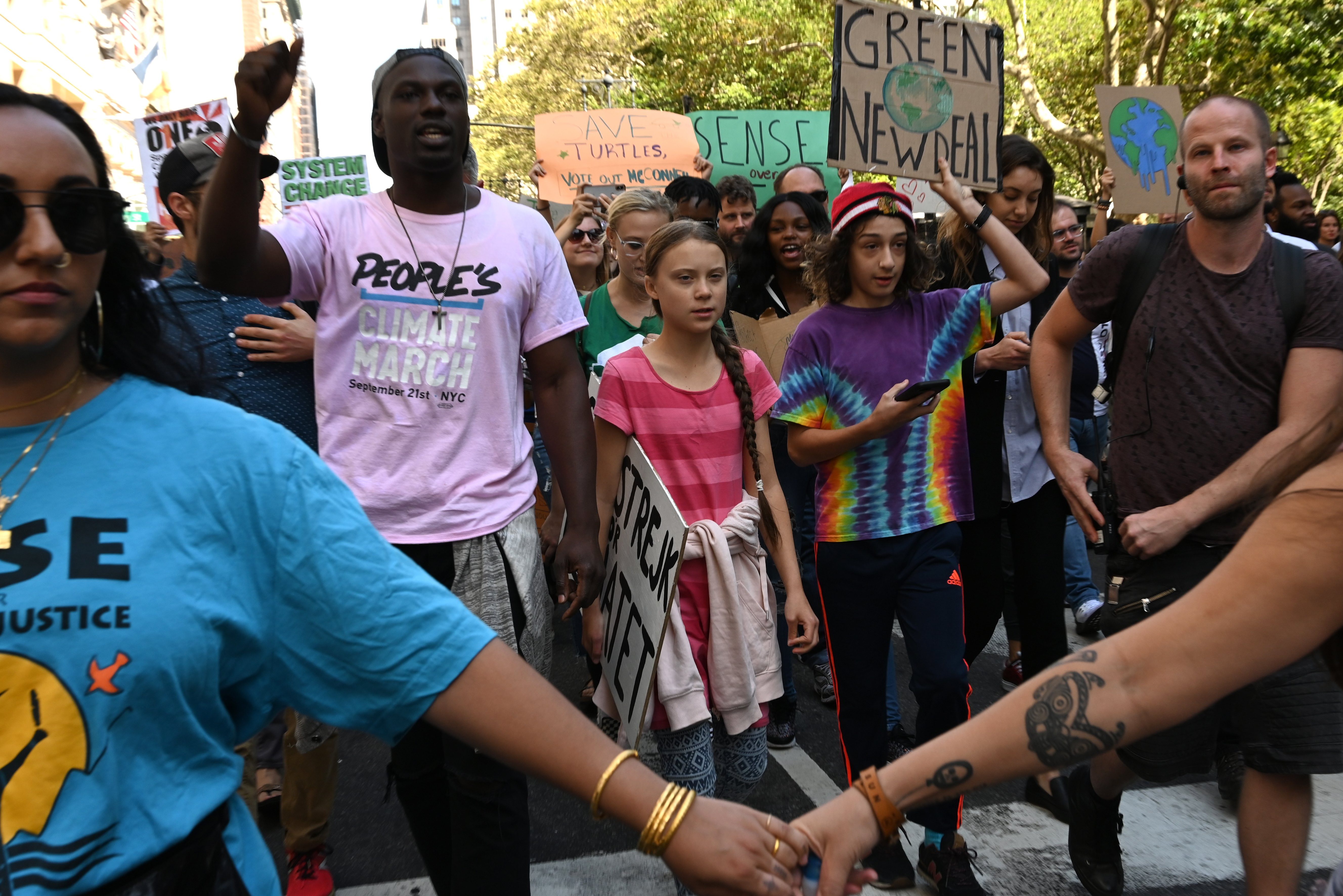A surge in street protests since the election of President Donald Trump nearly three years ago has scholars struggling to find new methods to study this form of social activism, according to a new paper co-authored by UConn political scientist Jeremy Pressman.
In the paper, published Oct. 23 in Sciences Advances, titled “The science of contemporary street protest: New efforts in the United States,” Pressman and his colleagues outline the challenges and limitations associated with studying protests scientifically on a large scale.
As an example of the scholars’ concerns, the frequency and widening geographic scope of recent protests throughout the country such as the 2017 Women’s March and the recent Youth Climate Strikes makes it difficult to gather event data and conduct crowd surveys for demonstrations happening simultaneously in different regions and cities, according to the researchers.
“Participating in protests and demonstrations is an important form of political participation throughout the world,” says sociologist Dana R. Fisher, of the University of Maryland, lead author for the paper. “If scholars are to understand the meaning of these events for politics, greater collective effort is needed to scale-up and standardize the way we study them.”
The authors say forming teams of scholars and developing a methodology for conducting crowd surveys across a range of protest sites would create more robust data and more comprehensive answers to crucial questions, such as: Who is protesting? How often? What messages are they trying to send? How do protests connect, if at all, to other political activities?
The paper also advocates for adding in-depth interviews and ethnography to current forms of protest research in order to provide a more complete portrait of the state of protest and activism in America.
Pressman has collaborated in recent years with several of the paper’s co-authors at The Crowd Counting Consortium, which collects publicly available data on political crowds reported in the United States, including marches, protests, strikes, demonstrations and other actions. The Crowd Counting Consortium grew out of Pressman’s work with paper co-author Erica Chenoweth of Harvard University. The pair has regularly written with other colleagues about crowd protests for “The Monkey Cage,” an independent site where scholars analyze political news hosted on the website of The Washington Post.
In July, for example, the “Lights for Liberty” protests around the country opposing treatment of migrants along the southern border included support from faith communities in pro-Trump areas, and Pressman notes gaining early insight about the protest participants can provide insight into varied concerns about an issue.
“Who organizes events can affect the kinds of arguments they use to try to advance their issue or concern,” he says. “A faith community, a political organization, or a student group may come at the same issue from different vantage points.”
The scholars also suggest that data about protests should be made available in “near real time,” which Pressman says would allow news organizations to have an additional source for data on the size, location, and patterns of protests, while providing activists with an indication of how effective their movement was playing out, or if it was not advancing.
Pressman adds that a wide range of disciplines could also benefit from improved data including political science and sociology, as well as fields such as criminal justice, public policy, and U.S. history.
Co-authors on the Science Advances paper also include Kenneth Andrews and Neal Caren from the University of North Carolina, Chapel Hill; Michael Heaney from the University of Glasgow in Scotland; and independent scholars Tommy Leung and Nathan Perkins.



